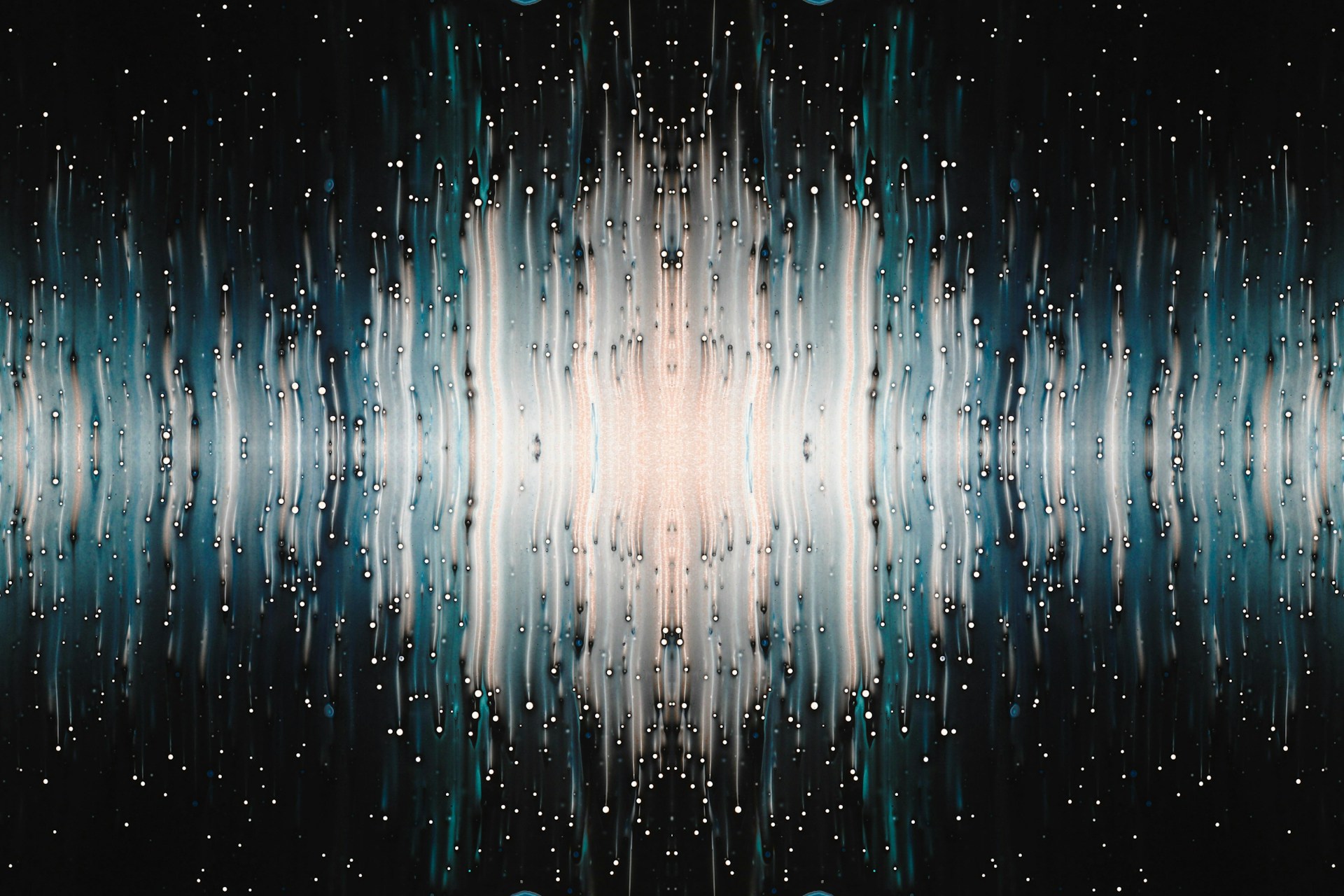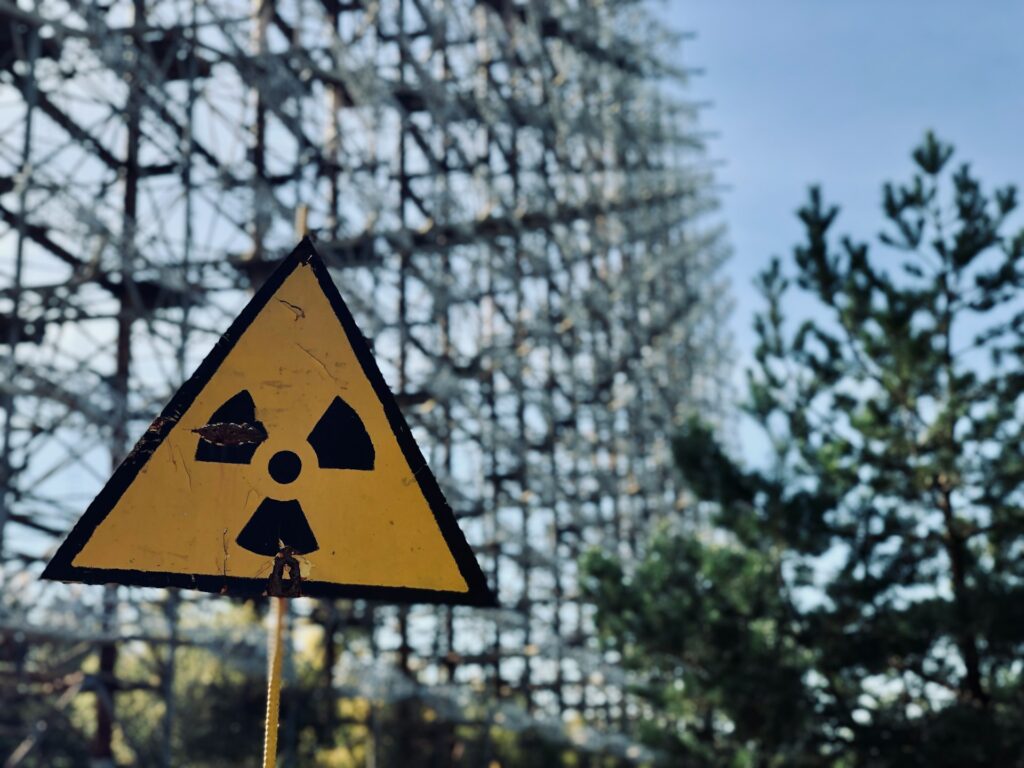Leiden University researcher Thomas Steenbergen and his colleagues have recreated one of the most recognisable demonstrations in physics, but with a modern twist. By adapting the classic double slit experiment, originally used to study the nature of light, the team has now performed it with high-frequency sound waves traveling across a semiconductor surface. The work offers fresh insight into how acoustic waves behave at the micrometer scale and why this matters for today’s communication hardware and emerging quantum technologies.
Srirangam, S., & Deshpande, S. (2025). Site-Selective Oxide Rearrangement in a Tandem Metal–Metal Oxide Catalyst Improves Selectivity in Oxidative Dehydrogenation of Propane. Journal of the American Chemical Society, 147(45), 41727–41737. https://doi.org/10.1021/jacs.5c13571
The original experiment dates to 1801, when Thomas Young demonstrated that light behaves as a wave by sending it through two narrow slits and observing the resulting pattern of bright and dark lines. Later versions of the experiment were performed using electrons, atoms, and even large molecules, reinforcing the idea that interference is a universal wave behaviour. Steenbergen’s group set out to explore how this same principle plays out when the “wave” is not light but sound confined to a solid material.
Leiden University researcher Thomas Steenbergen stated,
“Our approach is very general and can open the doors to understanding many of these processes that have remained an enigma for decades. We know these processes work, and we produce tons of these chemicals, but we have much to learn about why exactly they’re working.”
To generate these sound waves, the researchers used gigahertz-frequency surface acoustic waves, which vibrate billions of times per second. These waves were sent through a thin substrate of gallium arsenide, a semiconductor commonly used in electronics. The team then produced two microscopic grooves in the material to act as the slits, using a focused ion beam to mill features only a few micrometers deep.
Measuring the waves required a different approach from Young’s setup. The team used an optical scanning interferometer capable of detecting motions as small as a picometer, which is one-millionth of a micrometer. This allowed them to record how the waves moved before, between, and beyond the slits with exceptional spatial detail. The resulting images clearly showed an interference pattern, confirming that sound behaves much like light when confined and directed at this scale.
The similarities, however, were not perfect. The interference fringes did not appear completely symmetrical. The researchers traced this effect to the structure of the gallium arsenide substrate. Unlike light traveling through air or vacuum, sound waves traveling through a crystal can move at different speeds depending on direction. This property, known as anisotropy, causes the interference pattern to bend or shift. Steenbergen’s group developed a mathematical model to explain the behaviour and found that it could accurately predict the shape of the observed patterns.
These differences are more than scientific curiosities. Gigahertz acoustic waves are widely used in telecommunications devices, particularly in components that filter and process signals in phones and 5G electronics. A deeper understanding of how surface acoustic waves bend, spread, or interfere inside semiconductor materials allows engineers to design components with greater precision. The study also feeds directly into the young field of quantum acoustics, where researchers aim to use tiny vibrations to store or transmit quantum information.
The experiment shows that even centuries-old demonstrations can continue to reveal new aspects of wave behaviour when adapted to modern materials and measurement tools. For engineers working with acoustic devices, it highlights the importance of recognising how real materials shape wave propagation, and how these details influence performance at the microscale. As SAW-based technologies grow more advanced, the ability to model acoustic interference accurately will become increasingly valuable.
Steenbergen and his team have shown that sound can recreate the hallmarks of optical interference, while also reminding us that every physical system introduces its own rules. In that sense, the experiment is both a modern engineering study and a fresh interpretation of a classic piece of physics history.

Adrian graduated with a Masters Degree (1st Class Honours) in Chemical Engineering from Chester University along with Harris. His master’s research aimed to develop a standardadised clean water oxygenation transfer procedure to test bubble diffusers that are currently used in the wastewater industry commercial market. He has also undergone placments in both US and China primarely focused within the R&D department and is an associate member of the Institute of Chemical Engineers (IChemE).



